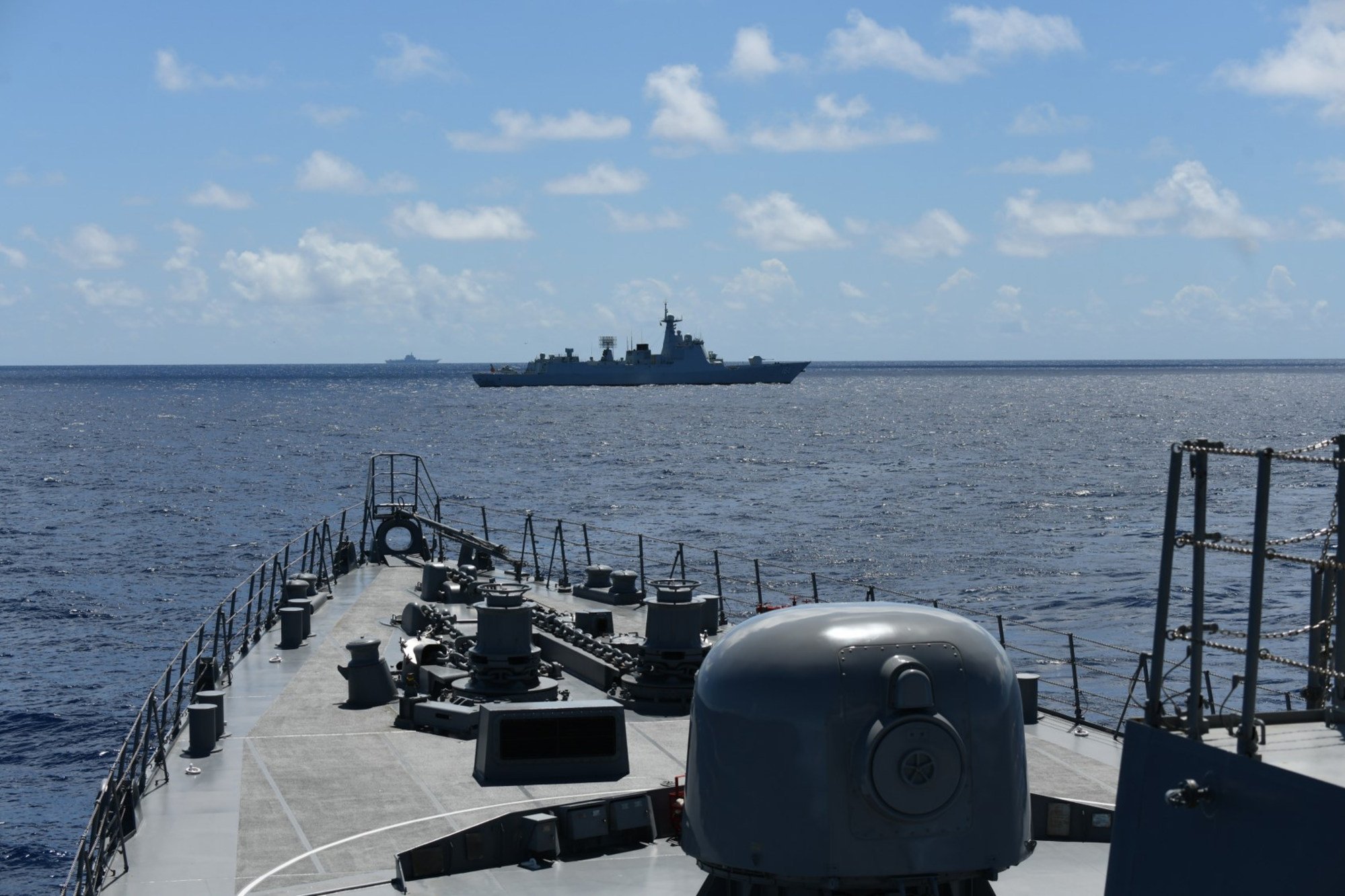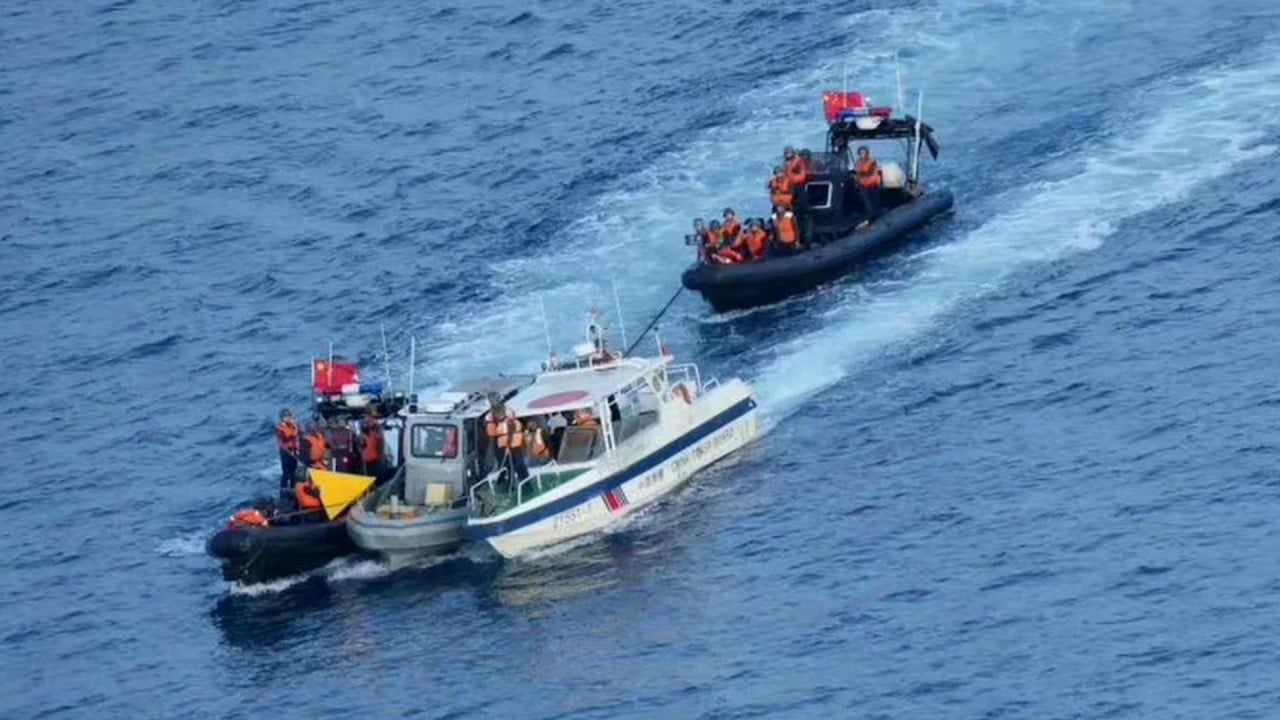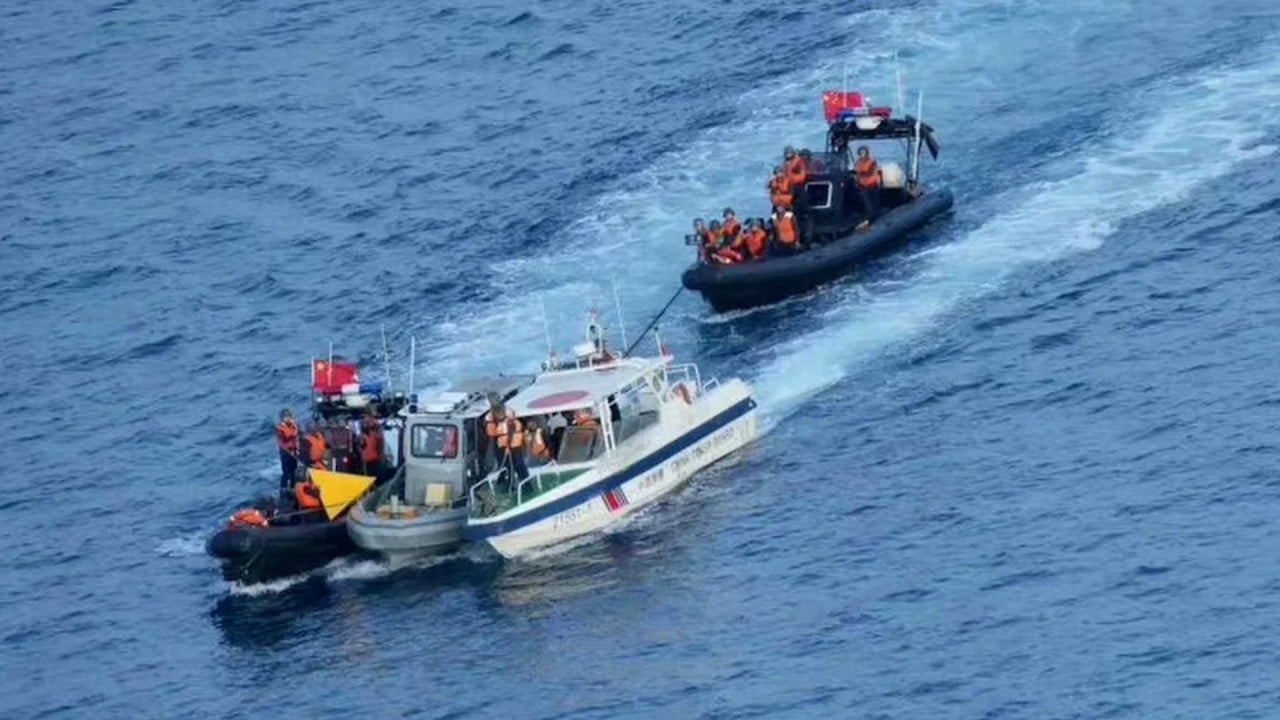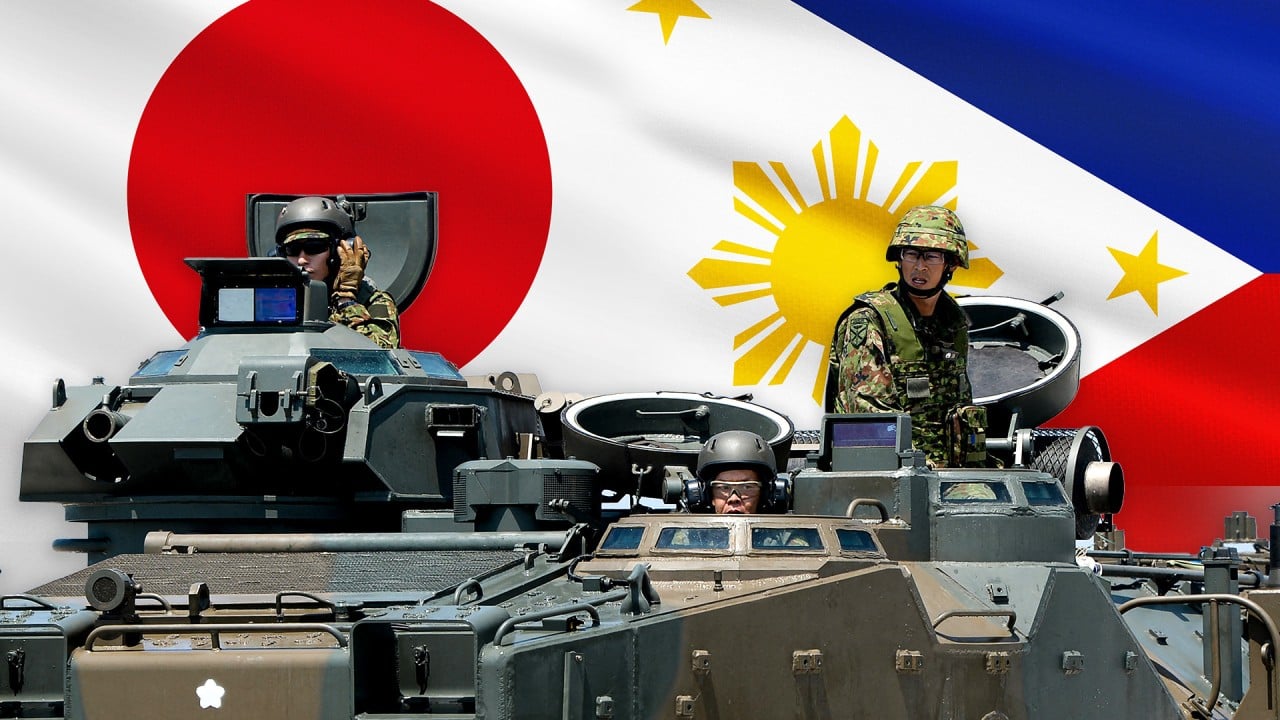A senior Philippine Navy official has suggested Beijing still “needs decades” to refine its aircraft carrier-based warfare capabilities, in a move interpreted by some as a taunt but with analysts saying it reflects a realistic assessment of China’s naval might.
Rear Admiral Roy Vincent Trinidad, a navy spokesman, was asked by reporters on Sunday for his comments on the Shandong – one of China’s three aircraft carriers – being deployed to the waters off the Philippines’ coast last week.
“I told our compatriots that the People’s Liberation Army (PLA) is still inexperienced. Although they are more advanced than us, it will be a long time before they reach the operational level of their aircraft carriers,” Trinidad said.
The Shandong was spotted on Wednesday, along with three escorts, engaging in training exercises in the east of the Bashi Channel, which separates Taiwan and the Philippines.
The 70,000-tonne aircraft carrier was also monitored sailing in the waters off the northern Philippine island of Luzon last month and parts of the Philippine Sea in October and November.

“We can better understand China’s moves if we know their thinking about war. Their doctrines are number one, if you are strong, show you are weak; number two, if you are weak, show you are strong,” Trinidad said.
“What they are doing with Shandong and throughout the South China Sea and the West Philippine Sea, they are loud and they show that they are strong, but the truth about their aircraft carriers is that they need decades to perfect naval warfare using aircraft carriers.”
In recent months, Beijing has strengthened its presence throughout the South China Sea and taken aggressive moves to disrupt Philippine Navy and coastguard missions in order to assert its territorial rights over the disputed waters.
China has long claimed most of the South China Sea as part of its territory based on “historical rights” through its so-called nine-dash line on its maps, overlapping with the Philippines’ 200-nautical mile exclusive economic zone (EEZ), the latter of which is recognised under the United Nations Convention on the Law of the Sea.
In 2016, the Philippines won an arbitral ruling at The Hague, which ruled that China’s historical claims ran counter to international maritime law and lacked historical basis, a decision that Beijing has continuously rejected.
On June 17, the China Coast Guard forcibly blocked the Philippine Navy’s regular resupply mission to its outpost on the Second Thomas Shoal. The ensuing skirmish saw several Filipino sailors injured, including one who suffered a severed thumb.
‘Still decades away’
Reached for comment, Jose Antonio Custodio, a defence analyst and fellow at the Consortium of Indo-Pacific Researchers, said Trinidad was not taunting Beijing but merely stating the truth.
“The perfection of carrier operations requires years and so far the Chinese are still decades away from matching what the US or even the UK and other countries like France that operate carriers have,” he said.
“In fact, China has experienced several mishaps with their newly acquired carriers, from malfunctions to accidents. Also, to underscore the lack of experience, China is trying to recruit retired Western naval carrier pilots to train their personnel. That has become a national security issue for the US and UK,” he added.
Custodio said Trinidad was only stating facts when he said the Chinese were still in the early stages of their aircraft carrier operations and had much more to do just to catch up with Western powers.
Following the violent confrontation at the Second Thomas Shoal on June 17, Philippine President Ferdinand Marcos Jnr directed his armed forces to “de-escalate” tensions in the West Philippine Sea, Manila’s term for the portion of the South China Sea that lies within its EEZ.
Sherwin Ona, an associate professor of political science at De La Salle University in Manila, told This Week in Asia that Trinidad was showing consistency with the president’s stance and his statements were meant to allay fear and panic over the passing of China’s aircraft carrier through Philippine waters.
Ona also disagreed with the notion that the Philippine Navy fell short in terms of its capabilities, arguing it had achieved “modest gains” within the scope of its current mission.
“Of course, when you compare it with the PLA, it is no match in terms of weaponry and naval tonnage. However, our navy has a specific mission to fulfil. The Comprehensive Archipelagic Defence Concept [CADC] mandates the protection of our EEZ and littoral areas. So, the Philippine Navy is developing its capabilities based on the mission at hand,” Ona stressed.
The CADC is Manila’s new strategy designed to protect the whole of the country’s exclusive economic zone.
“I think the Philippine Navy has achieved modest gains. We need to be consistent by ensuring resource sustainability, development of doctrines, and by enhancing our operational readiness,” Ona said.
“It is therefore crucial that the Armed Forces of the Philippines develop their ability to conduct multi-domain operations. This is one of the main goals of CADC,” he added.
Abdul Rahman Yaacob, a research fellow with the Southeast Asia programme at the Lowy Institute think tank, told This Week in Asia that the Philippine Navy needed to strengthen its surface fleet, both in terms of numbers and capabilities, to maintain a persistent naval presence throughout the contested maritime territory.
“Despite its modernisation programmes, the Philippine Navy’s current fleets and patrol combatants are insufficient to cover the country’s EEZ,” Yaacob said.




